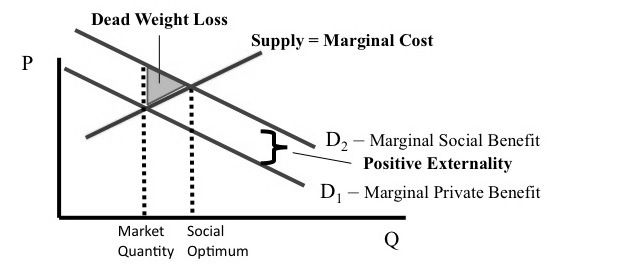Introduction
In the realm of decision-making, we often fail to consider the full impact of our choices on others and the environment. This is where the mental model of externality comes into play. Externality refers to the unintended consequences of an action that affect individuals or entities who are not directly involved in the decision-making process. Understanding externality is crucial as it sheds light on the interconnectedness of our decisions and the broader implications they have on society. In this blog post, we will delve into the concept of externality, its relevance in decision-making processes, its psychological underpinnings, and practical strategies to avoid falling into its trap.
The Relevance of Externality
Externality reveals that our decisions often have ripple effects that extend beyond ourselves and those immediately involved. By failing to consider these external impacts, we risk making shortsighted choices that neglect the long-term consequences on others and the environment. Recognizing and addressing externalities is essential for sustainable and responsible decision-making.
Anchored in Human Psychology and Everyday Prevalence
The concept of externality is deeply anchored in human psychology and manifests in various aspects of our lives. Consider the following examples:
- Personal Life: Environmental Footprint Individuals may make choices that are convenient or beneficial for themselves but overlook the environmental impact. For instance, driving a gas-guzzling vehicle may provide personal comfort and convenience, but it contributes to air pollution and climate change, affecting the well-being of others and future generations.
- Business Scenario: Negative Externalities in Production Companies may prioritize cost reduction and profitability without considering the negative externalities generated by their production processes. For instance, a manufacturing plant may release harmful pollutants into the local ecosystem, causing health issues for nearby communities, while the company itself benefits from reduced production costs.
- Public Policy: Traffic Congestion and Infrastructure Government policies related to urban planning and transportation can lead to externalities. For example, insufficient investment in public transportation infrastructure may result in increased traffic congestion, pollution, and time wasted by commuters, impacting the overall quality of life in a city.
Mental Biases and Psychological Underpinnings
Several mental biases contribute to the prevalence of externality:
- Cognitive Dissonance: People tend to rationalize their choices and downplay the negative externalities associated with them to alleviate cognitive dissonance. This bias can lead individuals to ignore or dismiss the potential harm caused by their actions.
- Optimism Bias: Individuals often have an inherent bias towards optimism and believe that negative externalities will not affect them personally. This bias can lead to a lack of concern for the broader consequences of their decisions.
- Present Bias: Immediate rewards or benefits often carry more weight in decision-making compared to potential future negative externalities. This bias can result in a disregard for the long-term consequences of choices, favoring short-term gains instead.
Avoiding the Trap of Externality
To avoid succumbing to externality, consider the following strategies:
- Consider the Full Picture: Take a holistic view when making decisions, considering the potential positive and negative externalities that may arise. Evaluate how your choices can impact others, the environment, and future generations.
- Practice Systems Thinking: Understand the interconnectedness of various factors and stakeholders involved in the decision-making process. Analyze how your actions may have indirect consequences and explore alternative approaches that minimize negative externalities.
- Embrace Ethical Responsibility: Foster a sense of ethical responsibility by considering the well-being of others and the environment when making choices. Emphasize sustainability, fairness, and long-term thinking in your decision-making process.
Conclusion
Externality serves as a powerful reminder that our decisions can have far-reaching impacts beyond what we initially perceive. By understanding the psychological biases that contribute to externality and employing strategies that encourage a holistic perspective, systems thinking, and ethical responsibility, we can make more informed and responsible choices. Awareness and active avoidance of the externality trap lead to a more sustainable and harmonious coexistence, benefiting both individuals and society as a whole.
